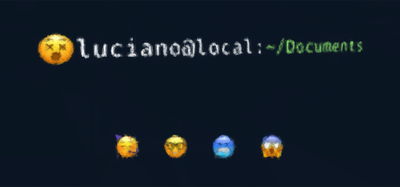Articles tagged #bash

A random emoji in your terminal prompt. How and Why!
Customize your terminal prompt with Bash PS1 variable and RANDOM function to show a random emoji on each command. Learn Bash arrays, escape sequences, and functions. Emojis make your terminal more fun and keep your morale up during debugging.

AWS Command line: S3 content from stdin or to stdout
The AWS CLI s3 cp command supports streaming content to and from S3 using stdin/stdout with the - argument. This enables powerful pipelines without intermediary files.

Extracting data from Wikipedia using curl, grep, cut and other shell commands
By using a combination of curl, grep, cut, sort, uniq and other common bash utilities it is possible to extract structured data from Wikipedia and compute insights without writing a full program.